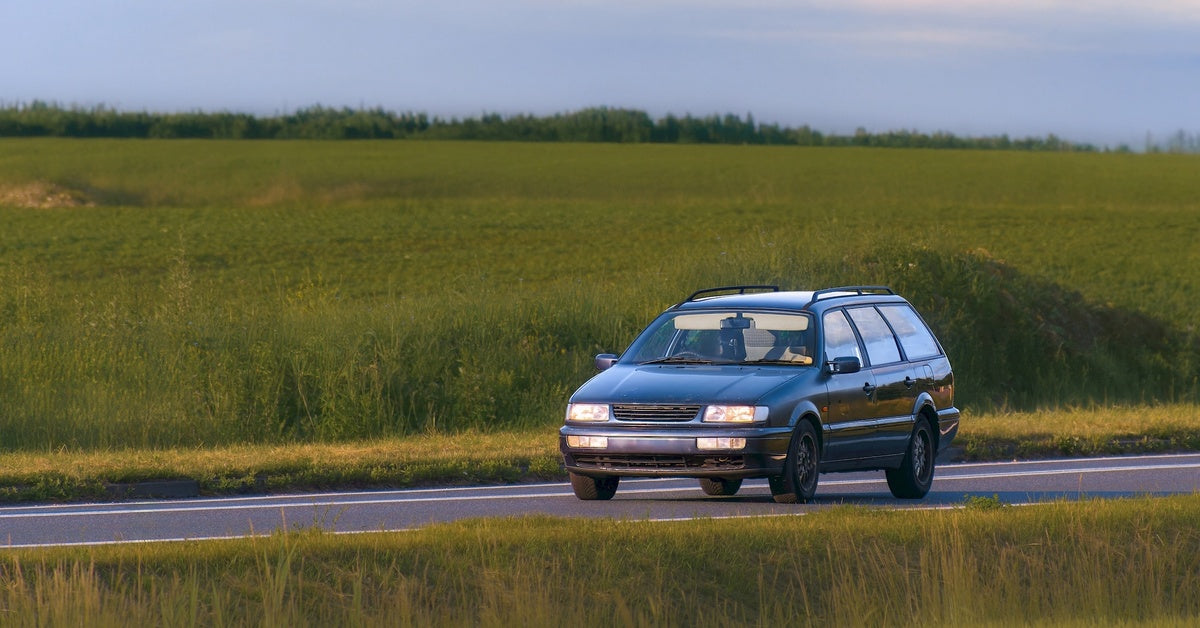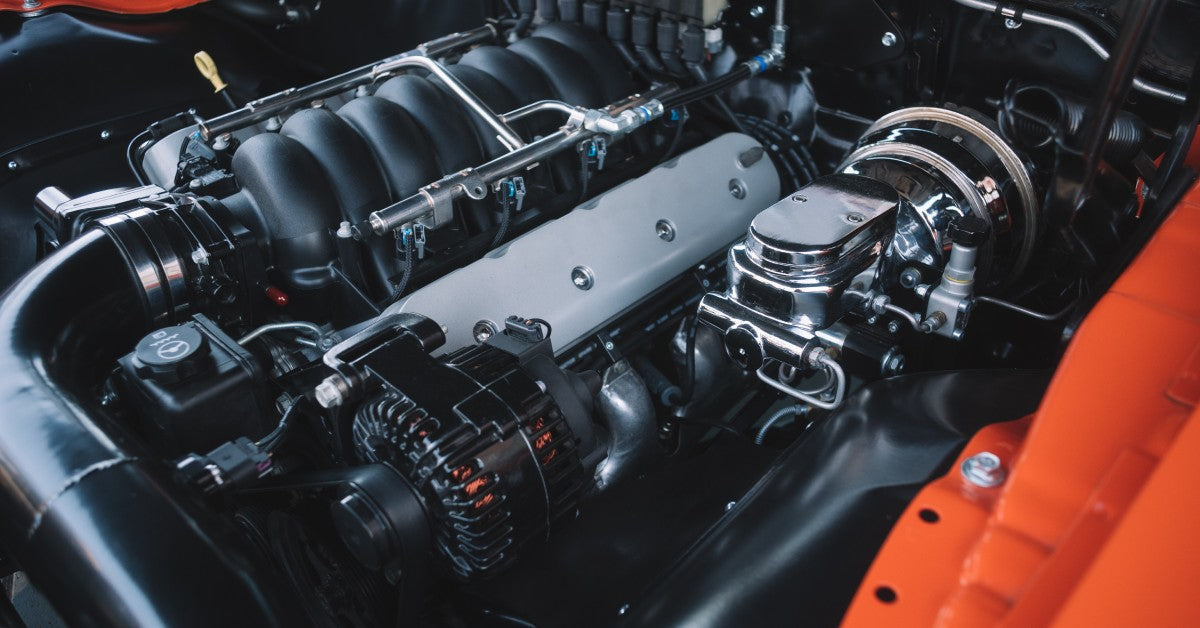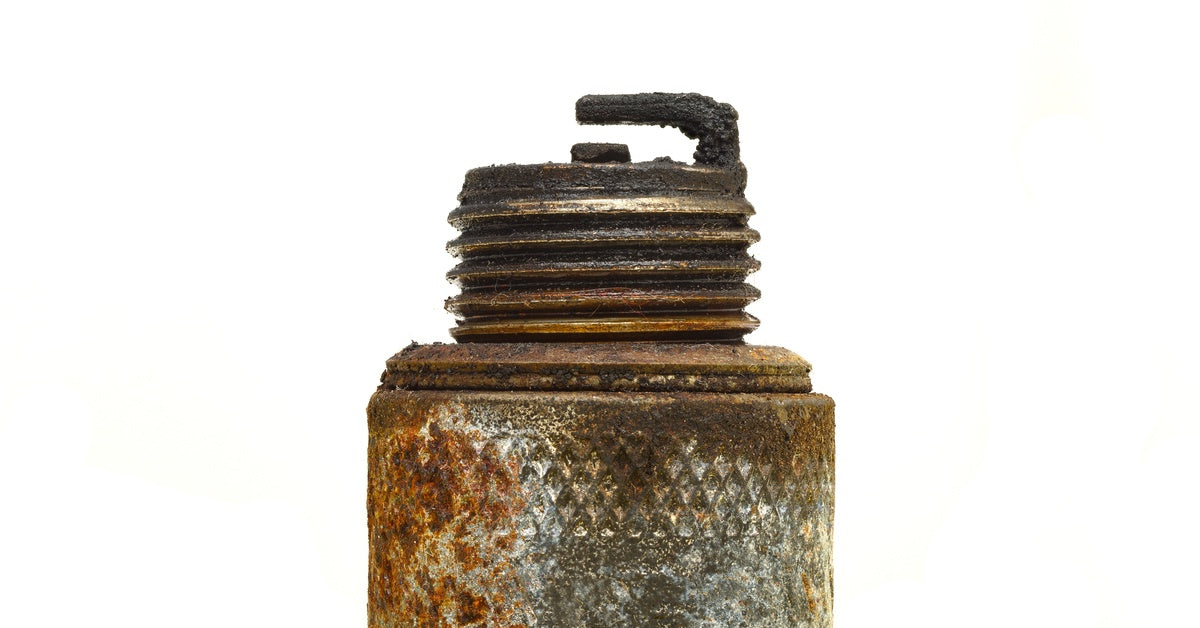After three dramatic crashes in a week, officials at the Indianapolis Motor Speedway have ordered changes to cars to make them safer for qualifying and racing in the Indianapolis 500.
During last week's qualifying runs, cars driven by three -time Indianapolis 500 winner Helio Castroneves, Josef Newgarden and teammate Ed Carpenter flipped after hitting the wall mid-turn. Apparently three strikes were enough to force multiple safety-minded changes including:
- Returning cars to their lower, prequalifying turbocharger boost levels, which will reduce power to around 50 horsepower and speeds to under 230 mph;
- Having teams run the same aerodynamic configurations for both qualifying and the race.
Changes to qualifying and race rules may not be enough, though. The three crashes have renewed questions as to whether the new aerodynamic design of the cars makes them susceptible to flipping. That's because in each of the three incidents, the cars, all Chevrolet models, flipped as they spun around. Officials asked Chevrolet teams to remove a small aerodynamic wicker that ran the length of the car's nose. After conducting additional aerodynamic studies, Chevrolet officials conceded that the wicker may have played a small role in causing Castroneves's car to flip.
Carpenter isn't convinced that the wickers are to blame, but is concerned about the repeated, similar crashes.
"We haven't had cars doing that ever in my career, but things are a lot different this year," Carpenter told USA Today. "There's aero kits. There's a giant hole in our underwing. There's a lot of things that are different. I don't know that we understand why it's going on at this point."
"This problem is solvable," said Derrick Walker, president of operations and competition for the IndyCar Series. "We need to err on the side of safety and I'm confident we will be able to resolve this issue."
What do you think, E3 Spark Plugs fans? Will the changes make a difference? Post your thoughts on the E3 Spark Plugs Facebook Fan Page.







